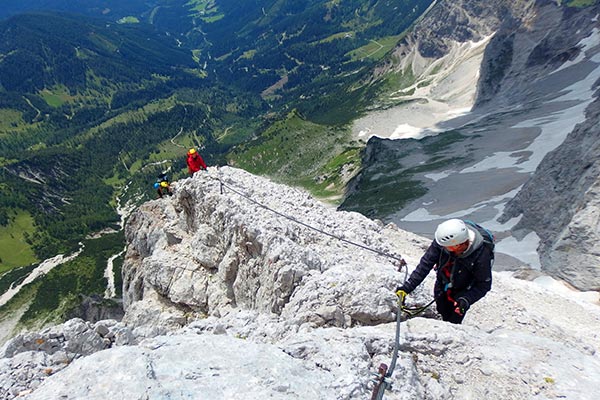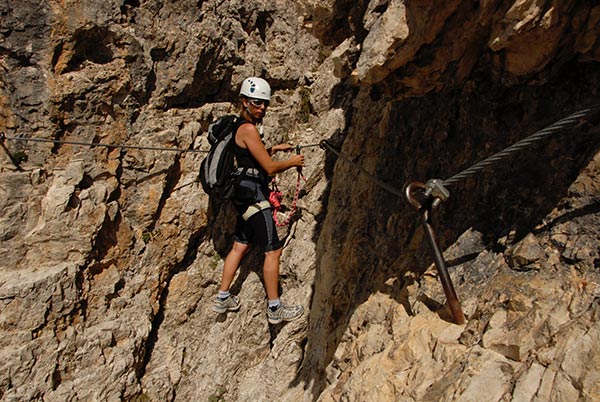Traversing
If you are a mountaineer, you have probably heard this term when picking trails and routes. But when you’re a climber, what does traversing mean? When you “traverse” you move in a horizontal movement—you make your way through the climbing wall to the left or to the right and aiming not to fall from the wall and to finish as many laps as you can.
Each climbing gym is different. There are some gyms that encourage climbers to traverse first before their training session; while some do not permit climbers to do this, gyms that are usually too crowded or not horizontally designed for traversing. Climbing centers that promote traversing even set routes on the walls so that the climber is guided on which hold next to reach for and what hand / foot you should use.
What are the benefits?
During an ascent, our focus is directed to looking upwards—reach the top and tap that last hold. But when you traverse, you check to the left, to the right, up, and down for holds. It practices awareness of your surroundings and gives you a better sense of the next good move.
This is also the right time to practice technique. Sometimes when we’re way up a route we tend to forget to flag, to drop knee, to back step, etc.; but in traversing, you’re closer to the ground so there is less stress involved. When you transition from a slab to a slanted wall, you get to practice technique on how to move efficiently. Body positioning is trained when traversing as well—you get to twist your body more naturally since the move is horizontal. As we all know shifting your center of gravity by twisting is know to fight the gravitational pull, leaving you with more energy since you’re not being weighed down.
_b.jpg)
Traversing is also good training for your grip strength. Once you’ve mastered traversing from one end to the other, you can mix it up by going for the crimps and the slopers instead of the jugs and the pockets. When you fall down you can always go back up fast, then reposition yourself.
In a way, traversing is like a series of mini-boulder problems. It’s a good warm-up that will ease your joints and muscles for your training, and it will also continue to sharpen your technique and body movements. You can improve footwork when traversing is as well—you get to cross over or back step. Others aim to get better in moving silently (yes, like a cat) since it’s a show of good technique, precision, and knowledge of the movement.

Why is it best for beginners?
When you are still new to climbing, your forearms are still not used to getting pumped a lot. Your grip strength is still low, you step with the middle of your foot not with your toes, and you might still look like a penguin when climbing. And you might still lack gear, the harness perhaps. When you traverse, it involves minimal to no gear (just climbing shoes and chalk). You don’t have to go way up, you just go sideways, and then reload/restart time is short. Getting back to the wall is easy and the goal to reach the end is much achievable.
Training could also be made more fun and exciting! When traversing, you can play the game “sticky feet”, where you can only place your foot on hold once, you cannot readjust your placement. This practices mindfulness of movements and learning that each small move can give that extra inch or two.

Next time you hit the climbing gym, consider doing a lap or two of traversing, then see your technique and body positioning improve. Climb on!


















